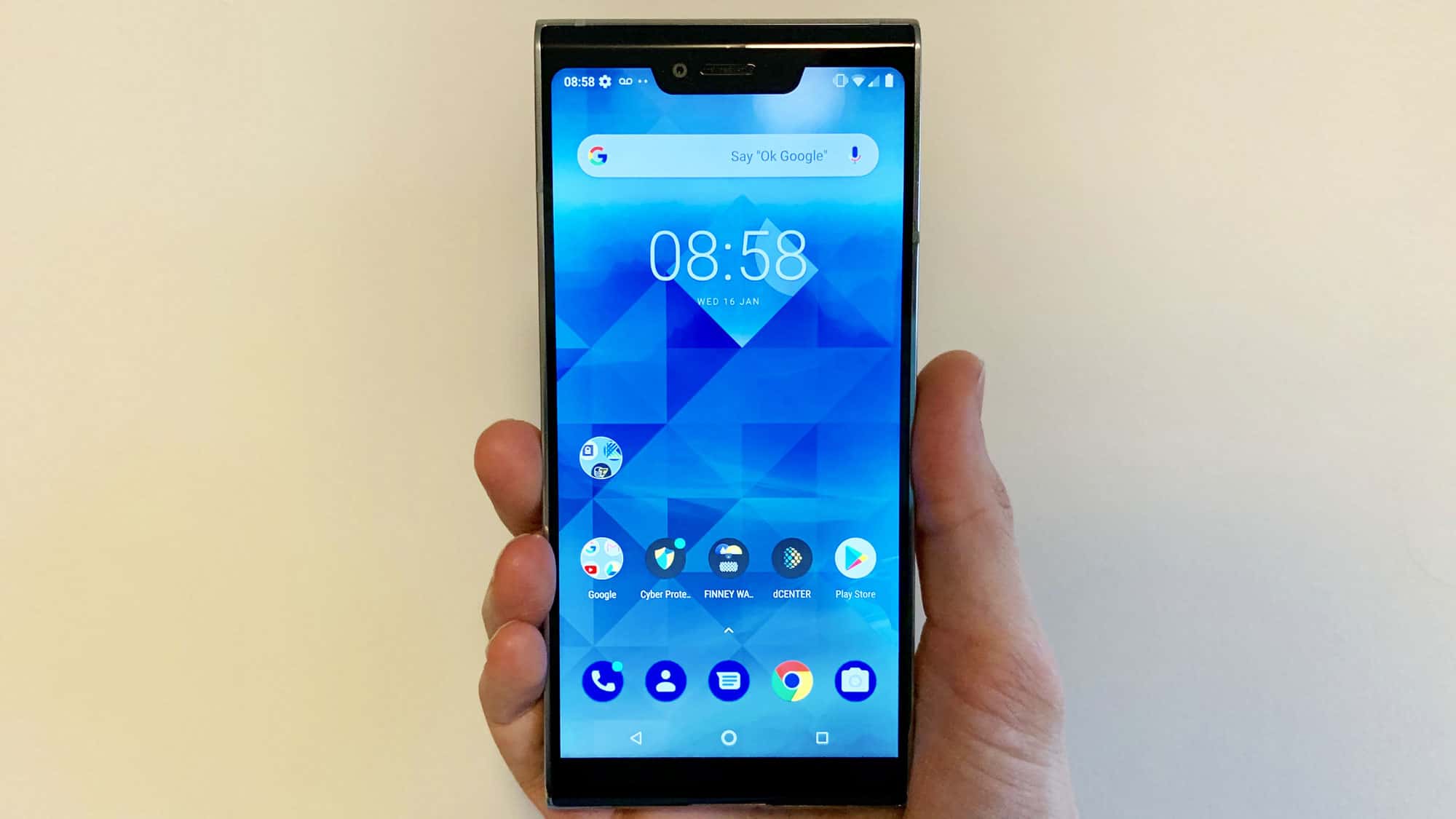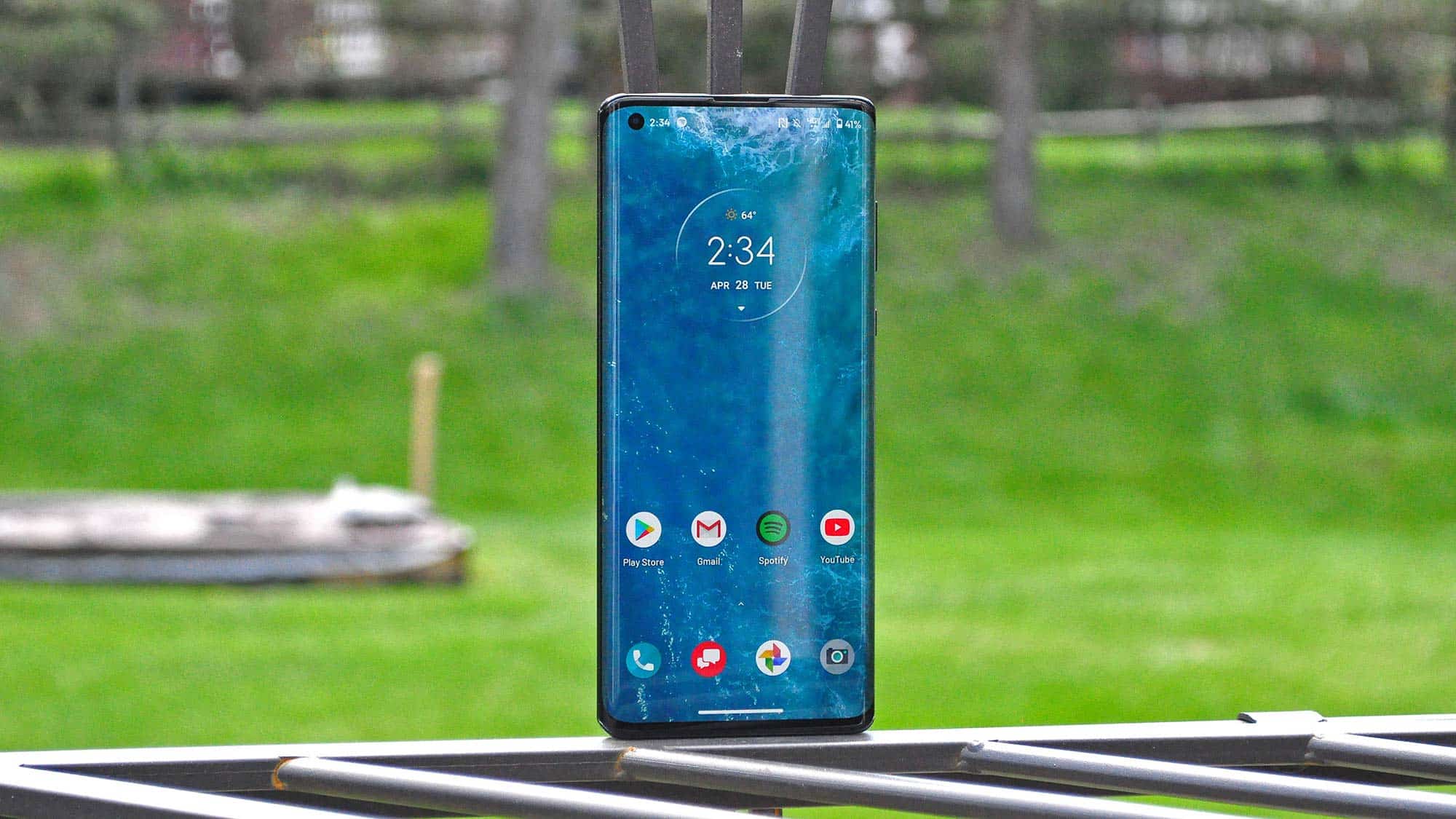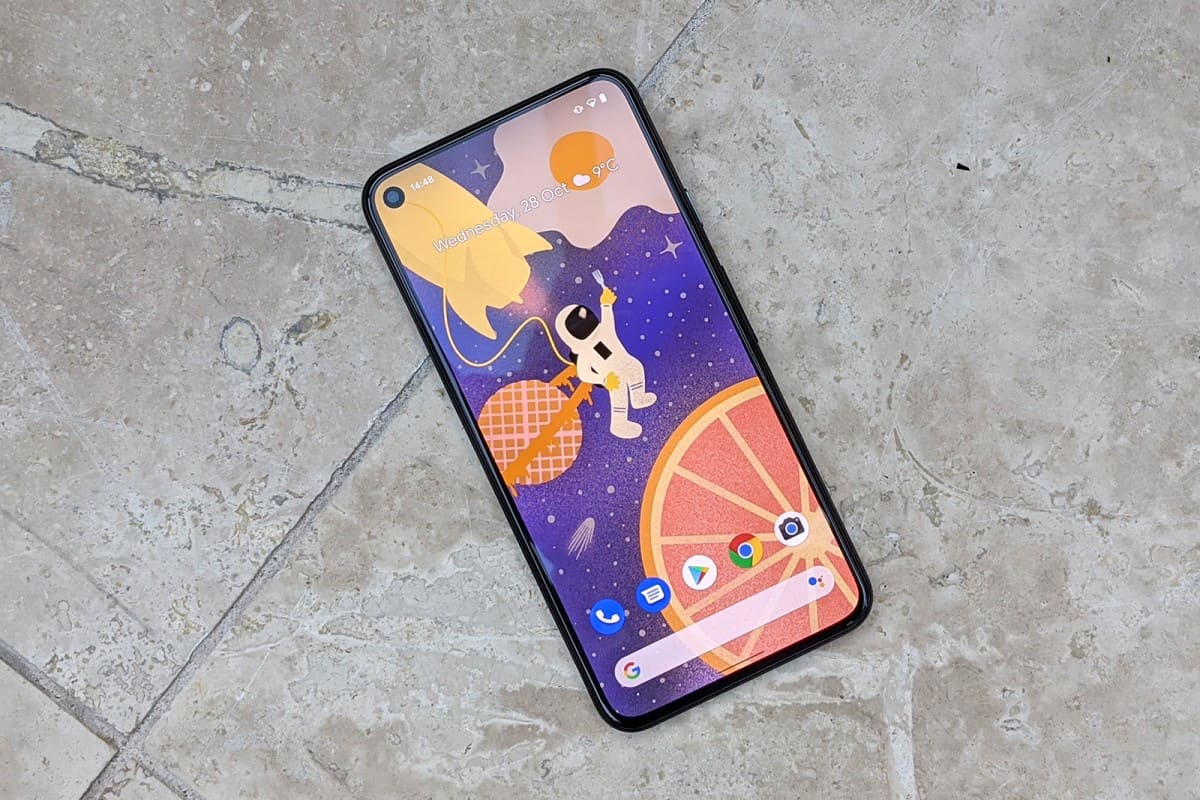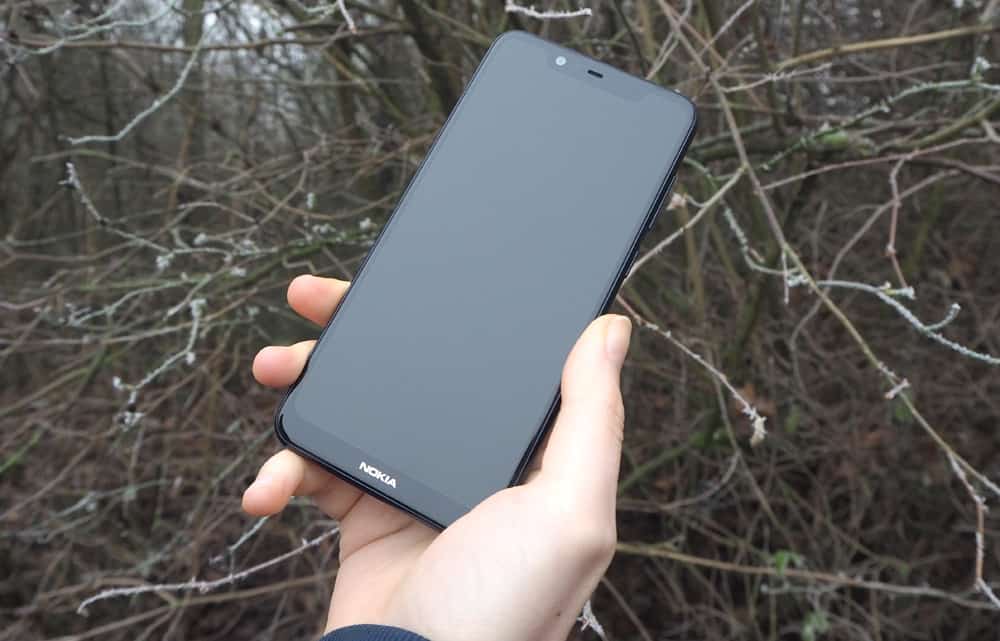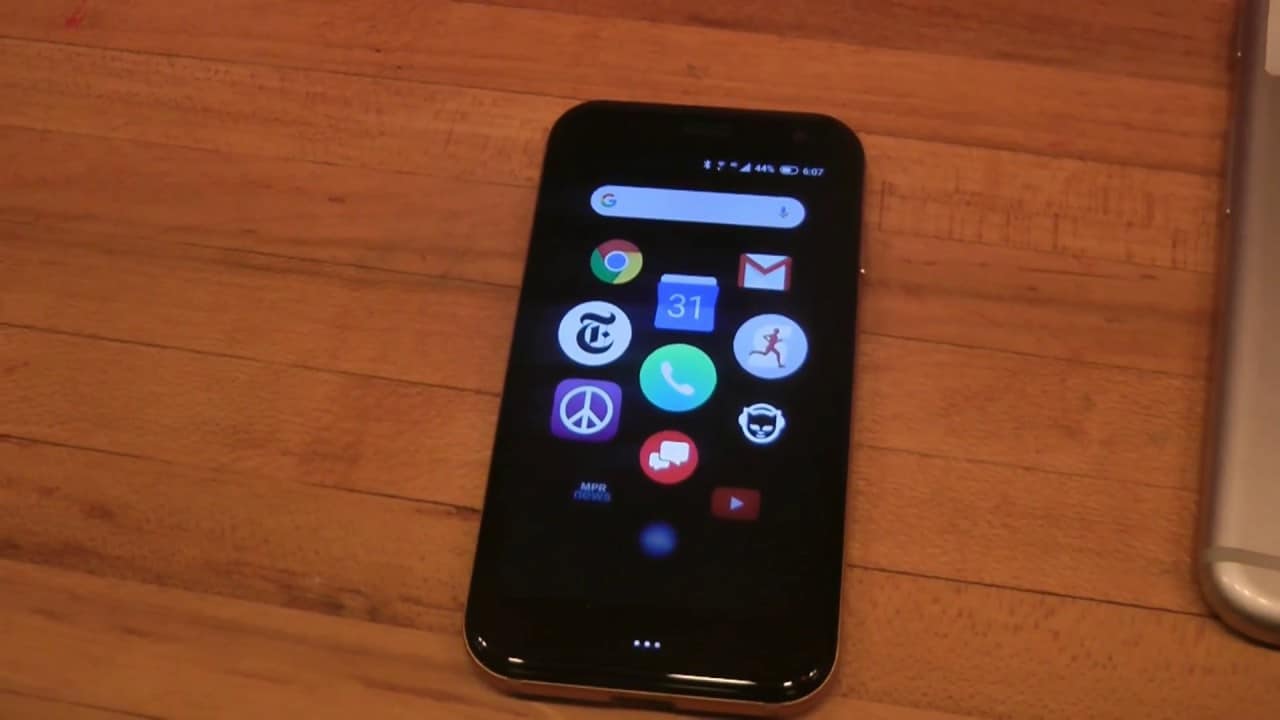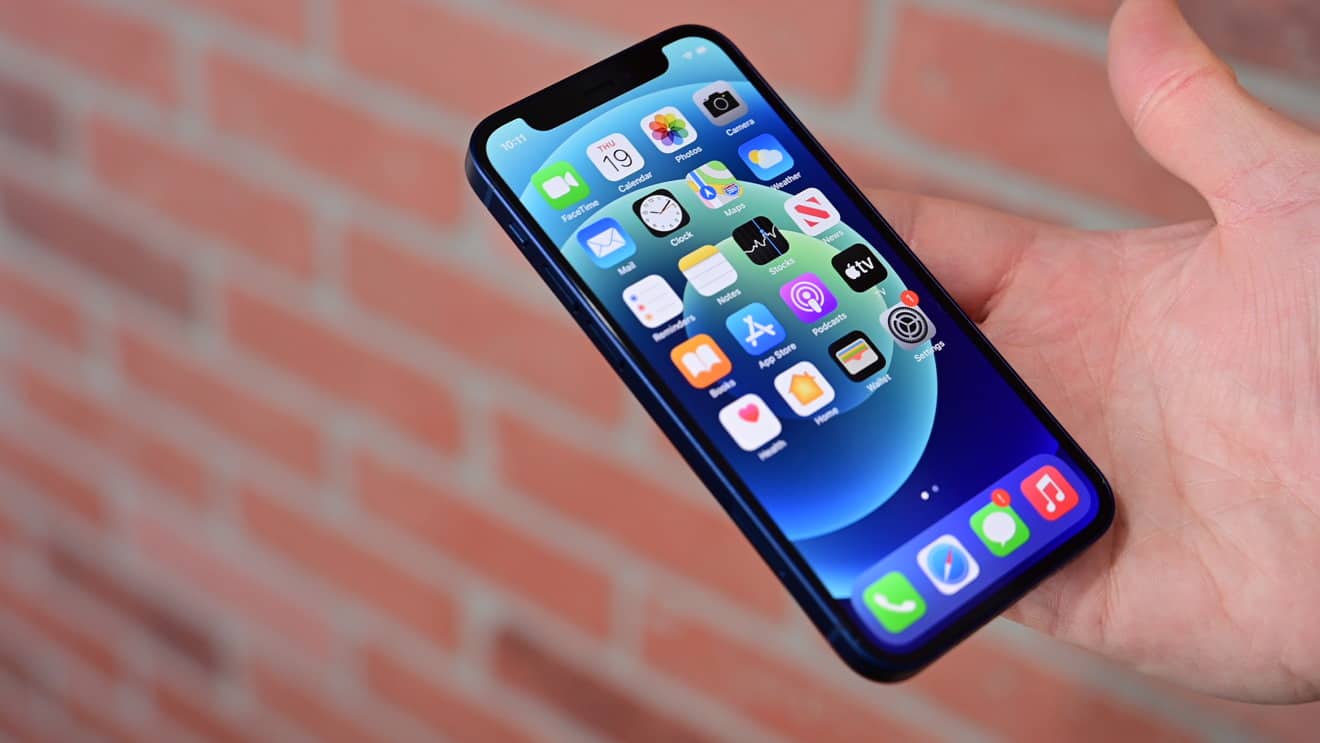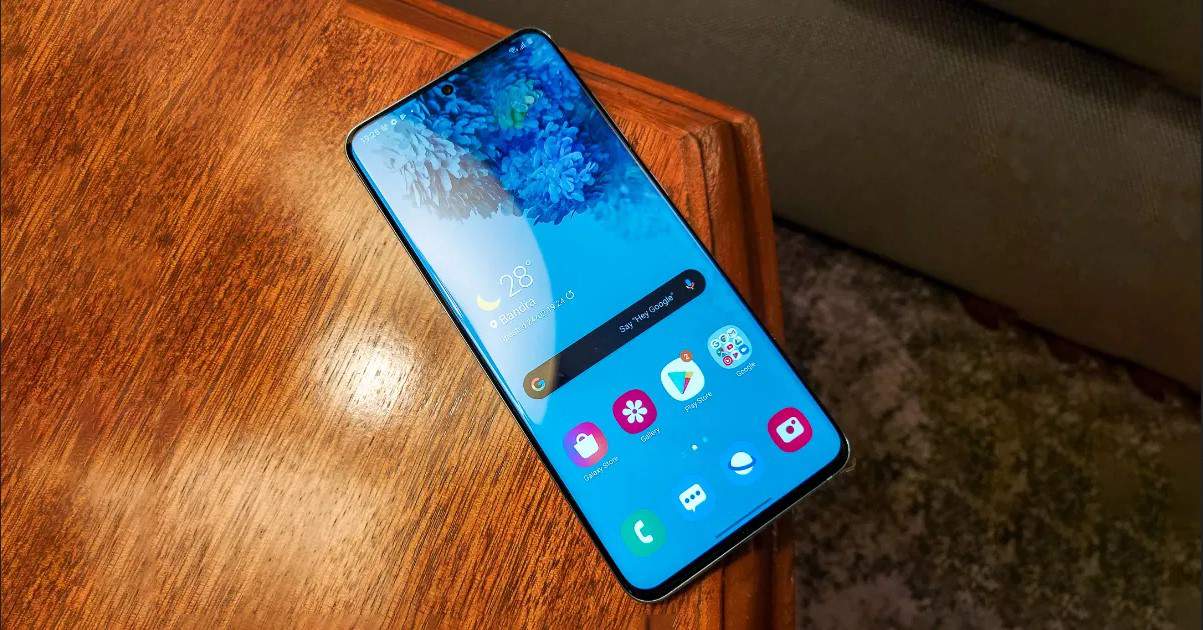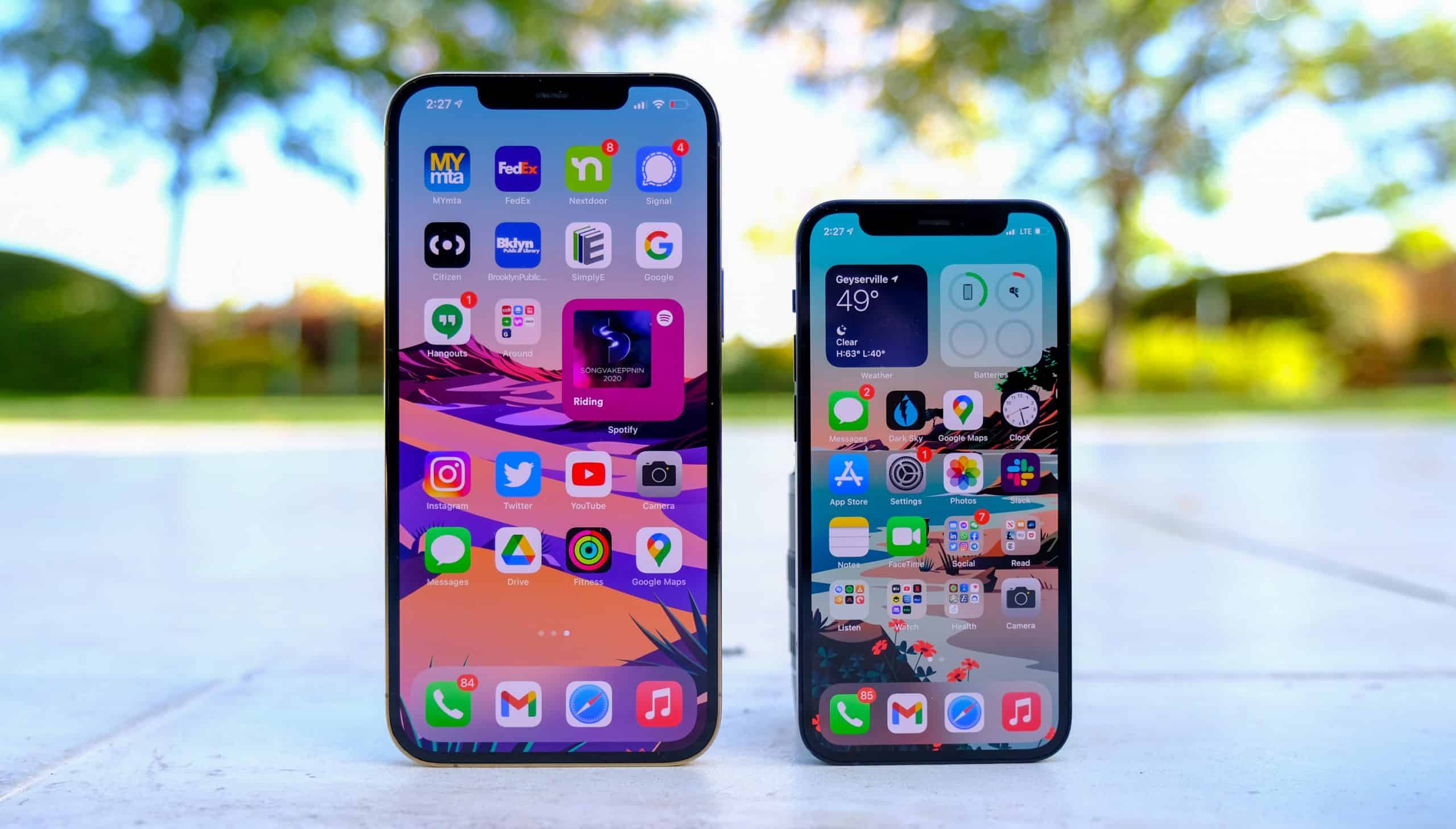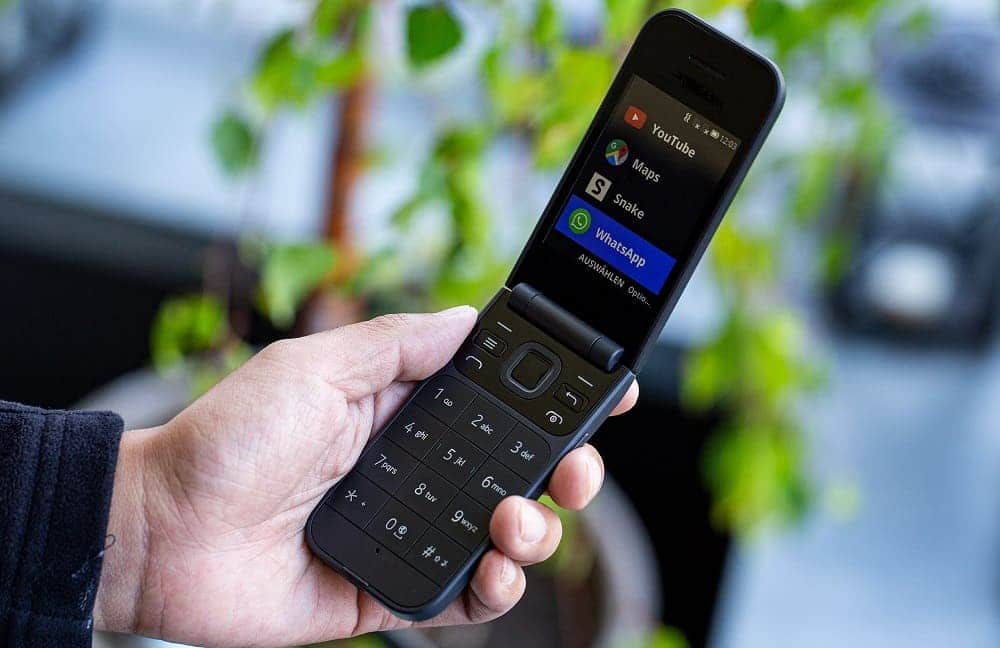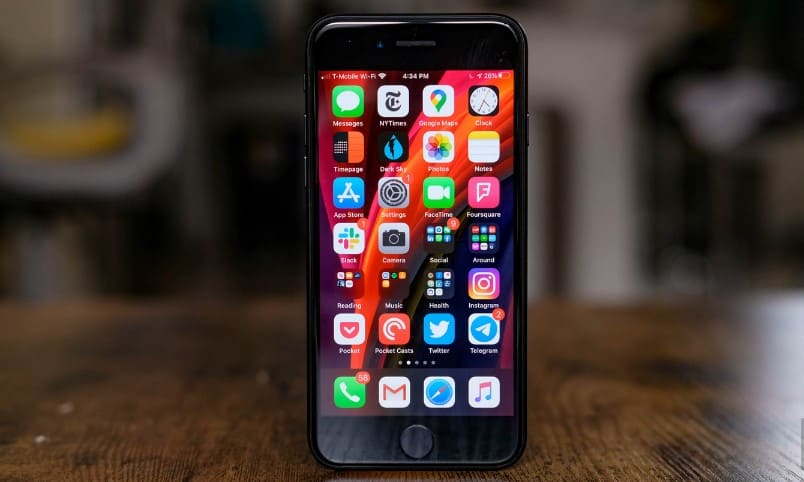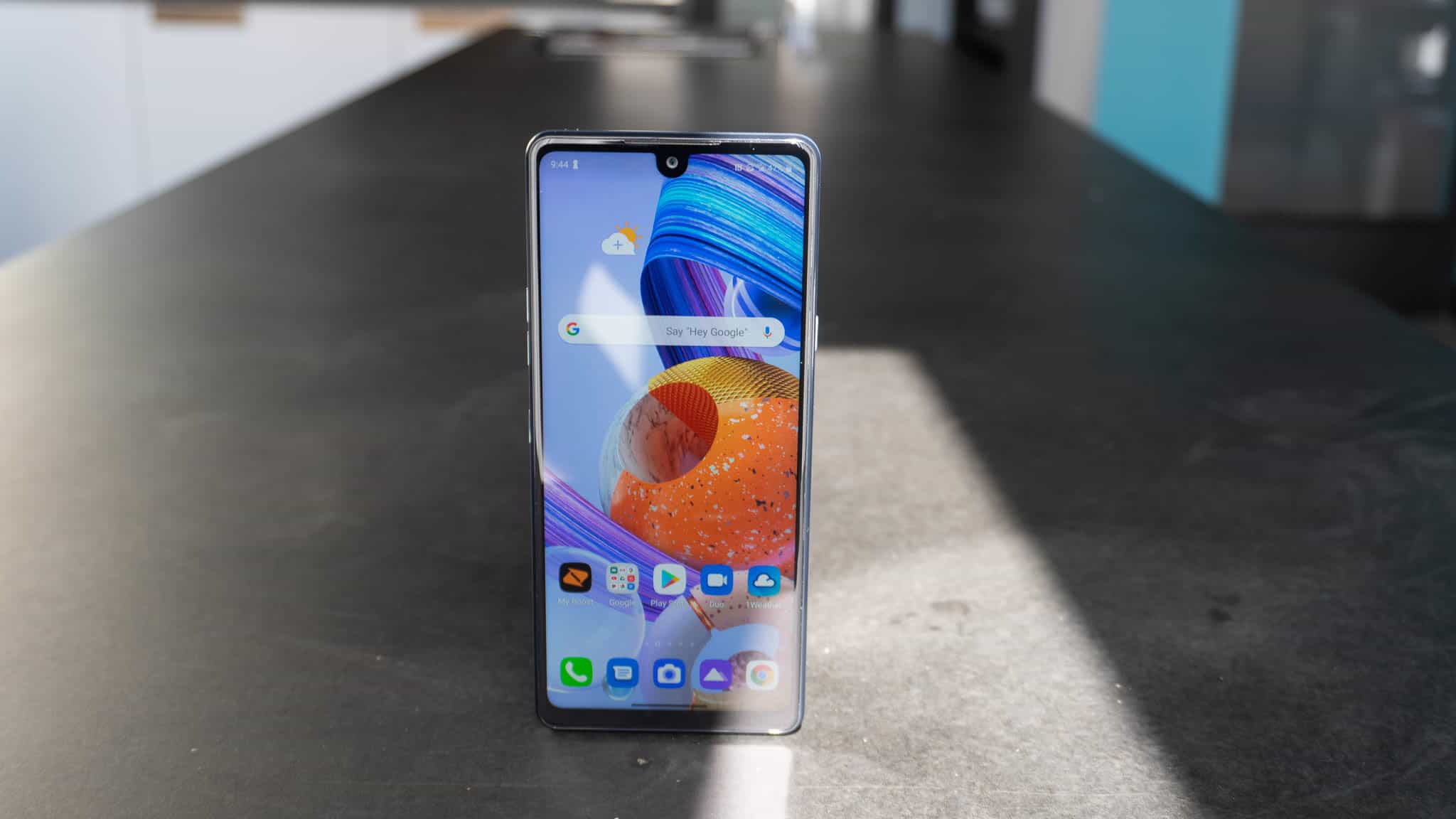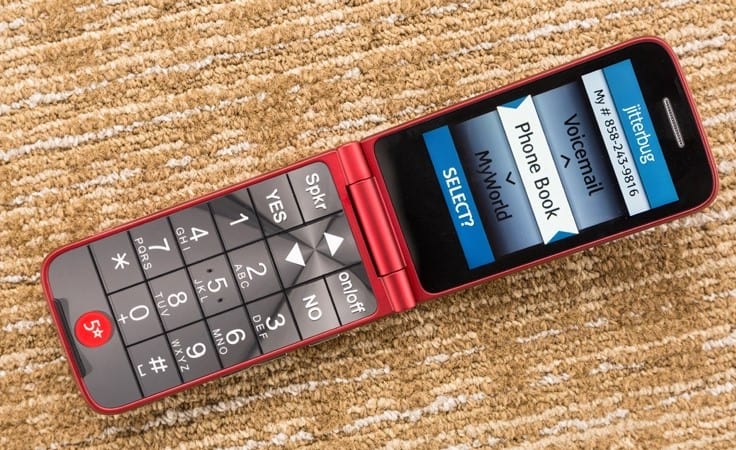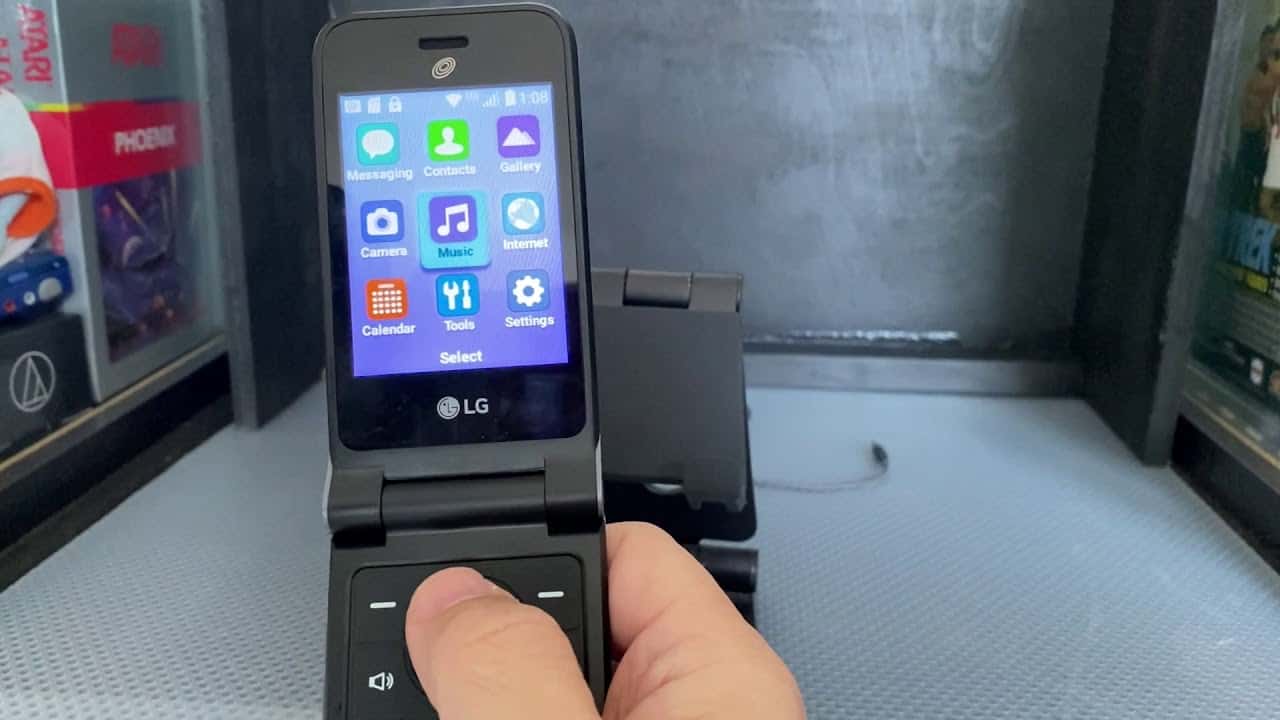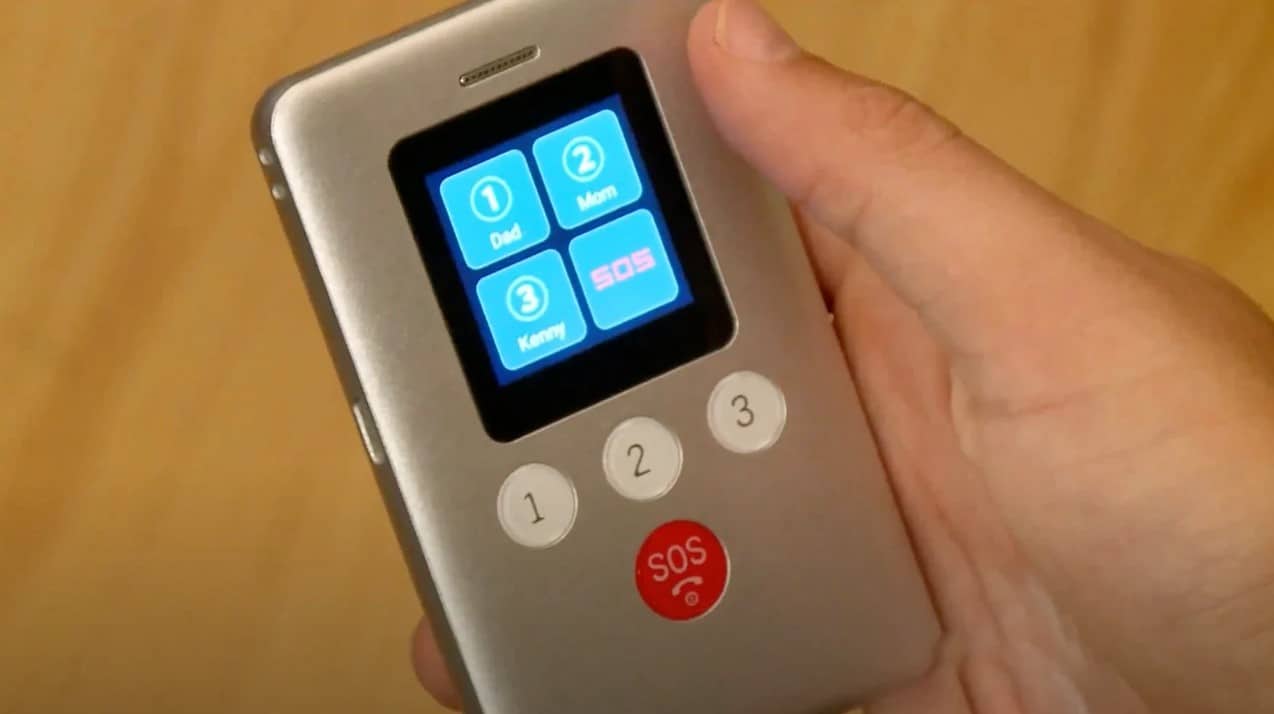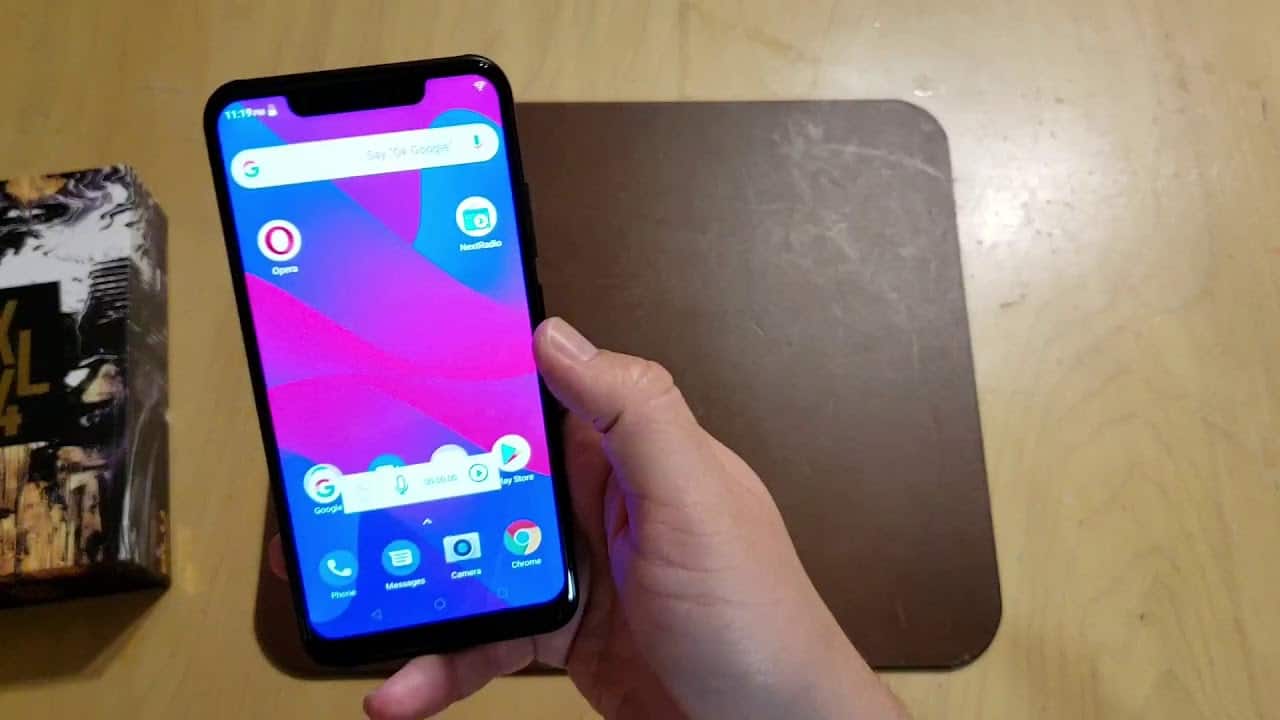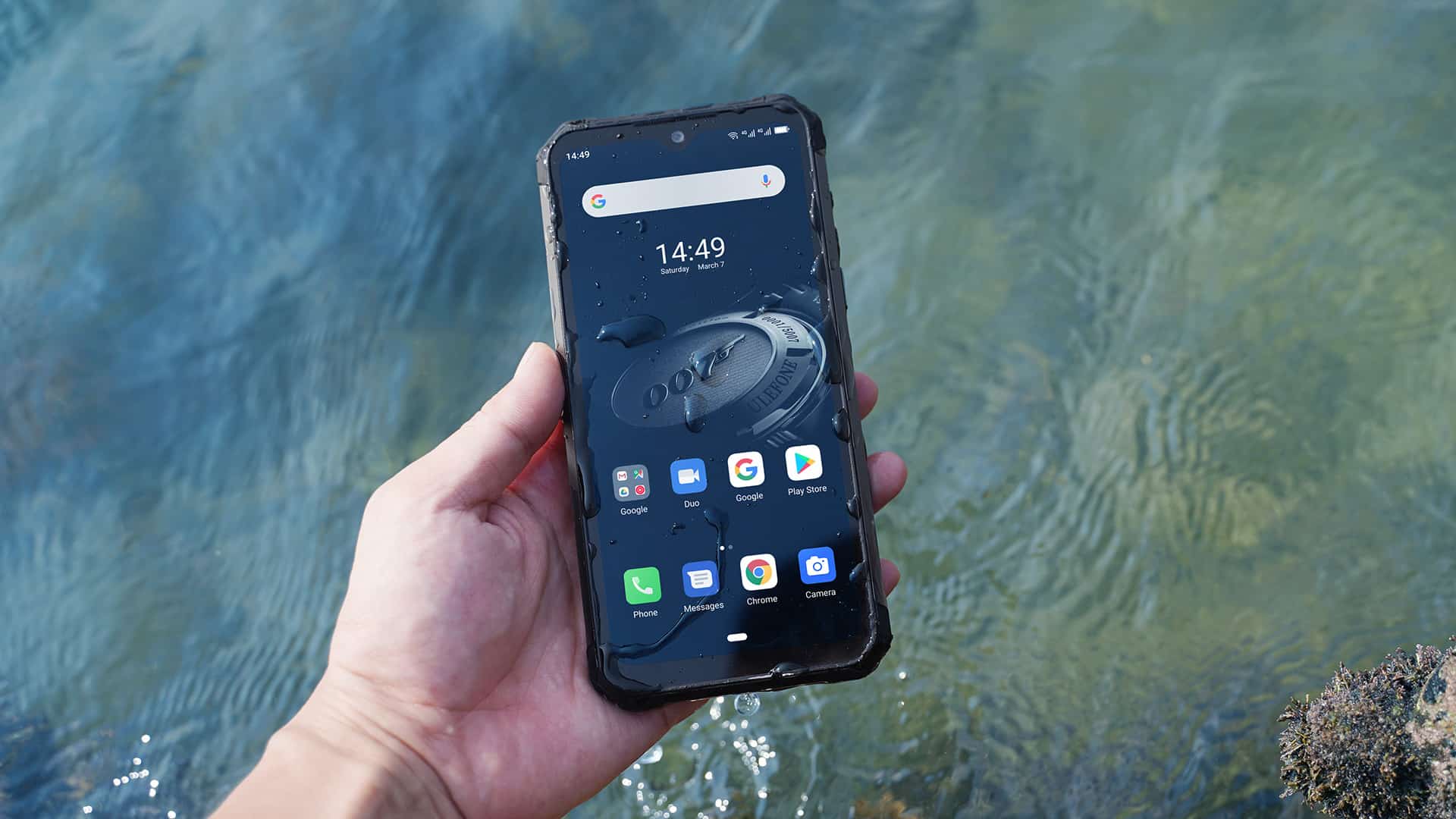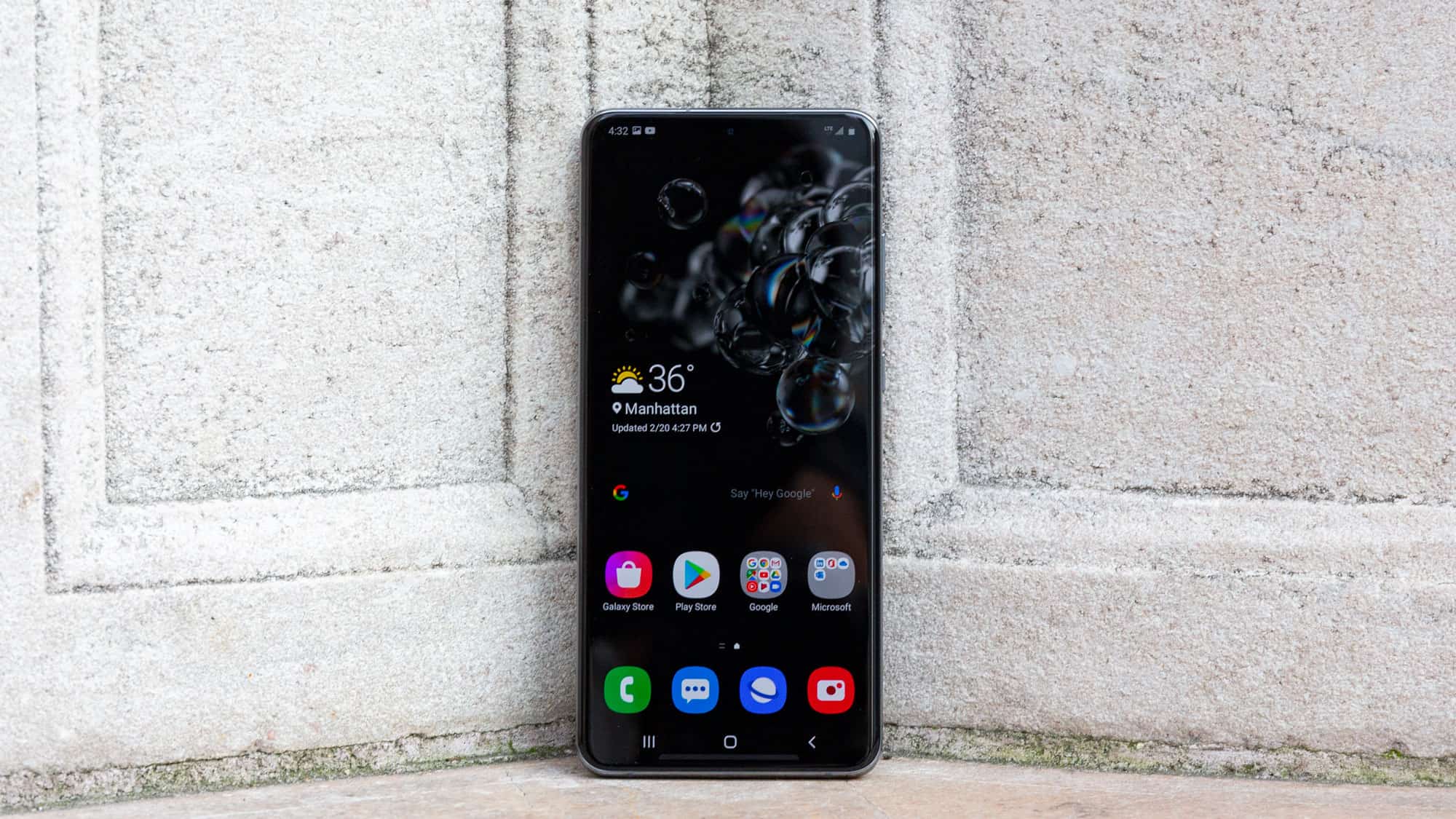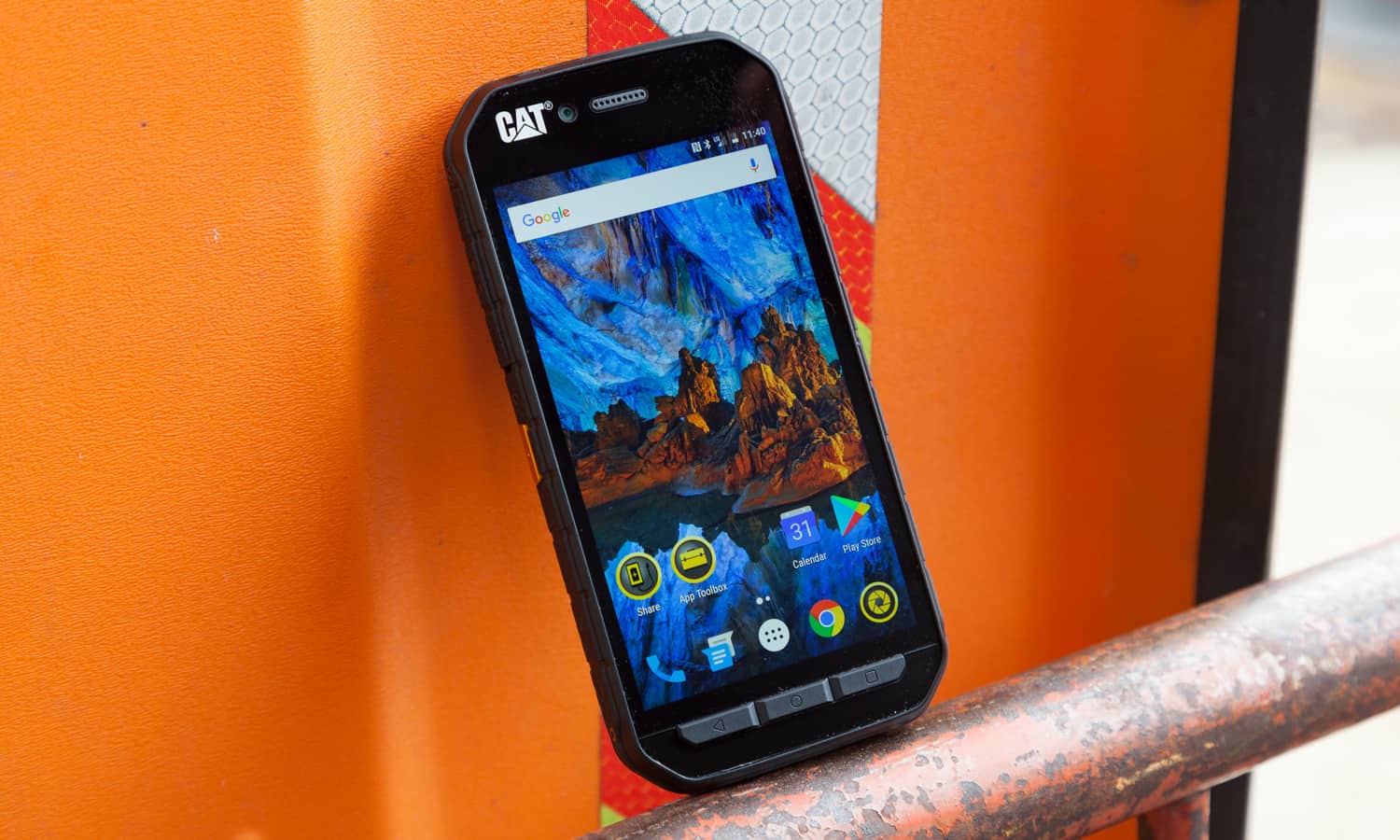The best smartphone cameras are pretty amazing these days. Early on, they couldn’t hold a candle to dedicated cameras. But manufacturers are now making those tiny sensor pull off the impossible. I would bet that most people wouldn’t be able to tell a big difference between the image quality from today’s top smartphones and point-n-shooters with larger lenses. If you value camera performance in a smartphone, and want to find the best camera phones for every day and semi-professional photography, here are the best options on the market.
Best Camera Phone
 |  |  |  |  | |
|---|---|---|---|---|---|
| Samsung Galaxy S7 | Apple iPhone 6S / 6S Plus | LG G5 | HTC 10 | Nexus 6P | |
| Rank | #1 | #2 | #3 | #4 | #5 |
| Primary Camera | 12MP, | 12MP | 16MP | 12MP | 12.3MP |
| Primary Camera Other Features | 1.4µm pixels, f/1.7, OIS, PDAF (Dual Pixel), LED flash | 1.22µm, f/2.2, OIS (iPhone 6S Plus only), PDAF, dual-LED flash | (f/1.8) and 8MP (f/2.4, wide angle), OIS, laser AF, LED flash | UltraPixel, 1.55µm pixels, f/1.8, OIS, laser AF, dual-LED flash | 1.55µm pixels, f/2.0, laser AF, dual-LED flash |
| Front Camera | 5MP, f/1.7 | 5MP, f/2.2 | 8MP, f/2.0 | 5MP, 1.34µm, f/1.8, OIS | 8MP, f/2.4 |
| OS | Android 6.0 (Marshmallow) | iOS 9 | Android 6.0 (Marshmallow) | Android 6.0 (Marshmallow) | Android 6.0 (Marshmallow) |
| Display Type | 5.1″ (Galaxy S7) or 5.5″ (Galaxy S7 Edge), Super-AMOLED, QHD | 4.7″ (iPhone 6S) or 5.5″ (iPhone 6S Plus), IPS LCD, 750×1334 (iPhone 6S) or 1080P (iPhone 6S Plus) | 5.3″, IPS LCD, QHD | 5.2″, Super-LCD 5, QHD | 5.7″, AMOLED, QHD |
| Chipset | Snapdragon 820 | Apple A9 | Snapdragon 820 | Snapdragon 820 | Snapdragon 810 |
| RAM | 4GB | 2GB | 4GB | 4GB | 3GB |
| Storage | 32GB/64GB, with microSD support up to 200GB | 16GB/64GB/128GB, no microSD support | 32GB, with microSD support up to 2TB | 32GB/64GB, with microSD support up to 2TB | 32GB/64GB/128GB, no microSD support |
| Battery | 3,000 mAh (S7) or 3,600 mAh (S7 Edge), non-removable | 1,715 mAh (6S) or 2,750 mAh (6S Plus), non-removable | 2,800 mAh, removable | 3,000 mAh, non-removable | 3,450 mAh, non-removable |
| Price | $672 | $649 | $624 | $699 | $499 |
| Buy Now | Buy Now | Buy Now | Buy Now | Buy Now |
#1 Pick Samsung Galaxy S7
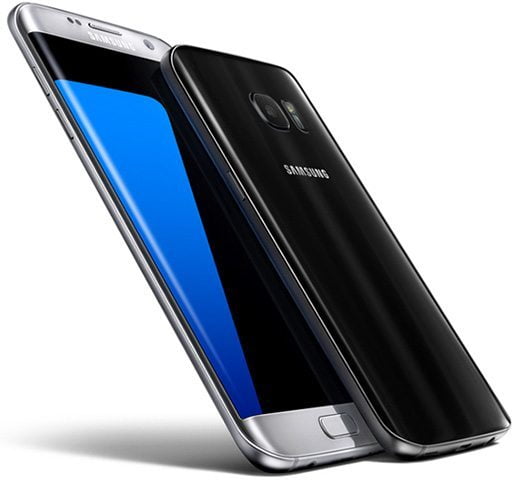
Price: $672 | Read Full Review: Samsung Galaxy S7 Review | Rear Camera: 12MP (Dual Pixel), f/1.7, OIS | Front Camera: 5MP, f/1.7
WHY IT’S A TOP PICK: Samsung’s new sensor is the whole technological package, and its performance is stellar.
There’s no denying that Samsung is a smartphone camera leader. The Korean giant consistently does wonders with each new camera, and the latest Galaxy S flagship for 2016 is no exception. Two big areas of focus on the Galaxy S7 and S7 Edge camera phone (they use the same one) was low-light performance and auto-focus (AF) speed.
Related: Check out the best-unlocked phones.
Samsung dropped the capture resolution from 16MP in last year’s lineup to 12MP, in order to fit larger pixels. This was totally a quality over quantity moment, as larger pixels can capture more light. In technical terms, the pixel size increased from 1.12µm to 1.4µm. Coupled with a larger lens aperture, f/1.7, the Galaxy S7 camera is now equipped to take on those tricky night shots.
But that’s not all. Samsung also dropped a quicker auto-focusing technology. Dubbed Dual Pixel, the system splits each of the camera’s pixels in half, enabling each and every one to assist with the AF (in typical sensors, only a handful do this). This now makes the AF lightning fast. Learn more about the best android phone and get the right one for you.
Other great models from Samsung include the Samsung Galaxy Note 10, the Samsung Galaxy S20 Ultra, and the Samsung Galaxy S20 Plus.
#2 Pick Apple iPhone 6S
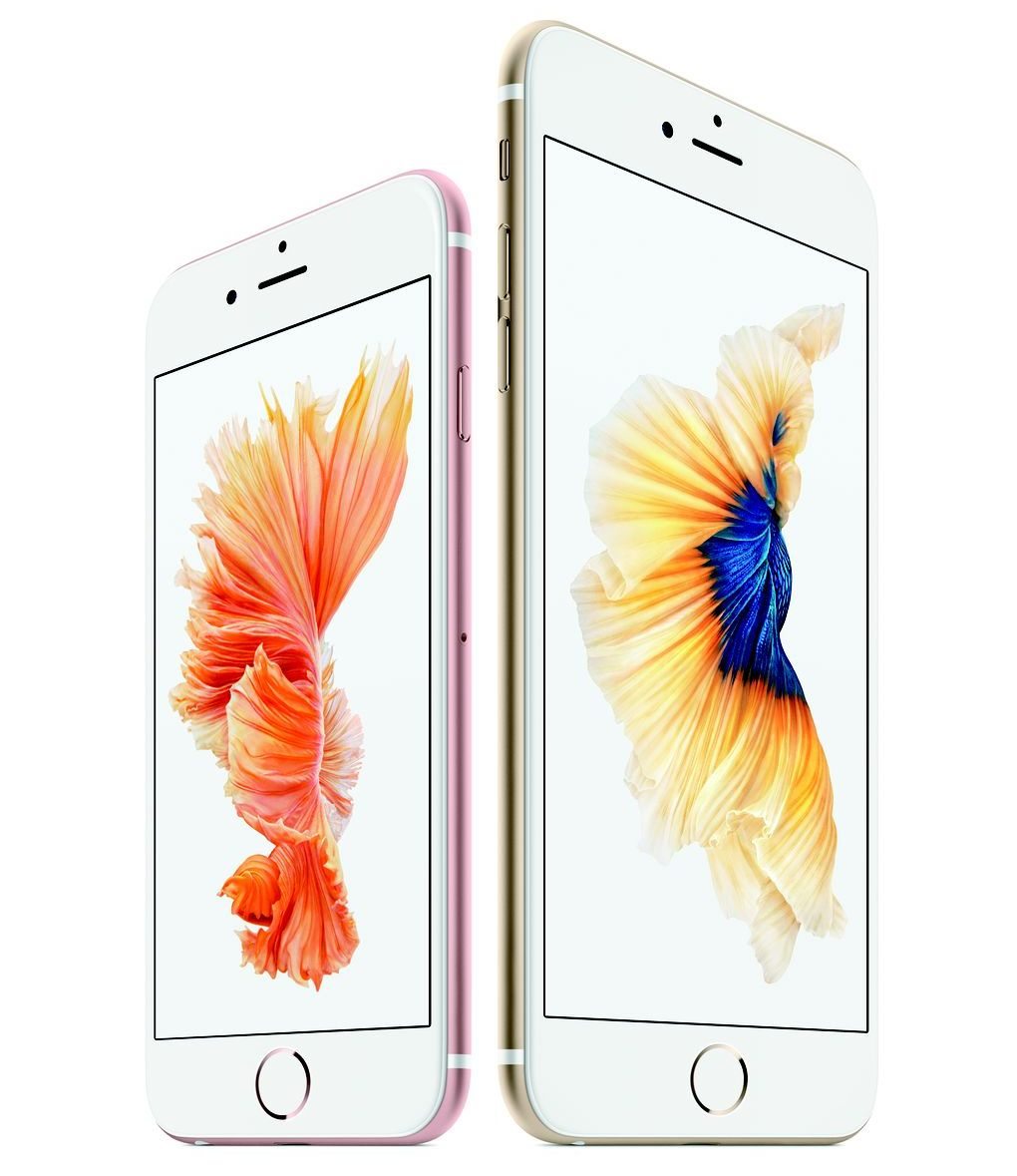
Price: $649 | Rear Camera: 12MP (Advanced Pixel), f/2.2, OIS (6S Plus only) | Front Camera: 5MP, f/2.2
WHY IT’S A TOP PICK: Apple’s excellent image reproduction is boosted by better all-around performance.
iPhones always have one of the best cameras that you can get on a smartphone. That’s just how it is. Apple makes some of the best (if not the best) hardware. Even though the iPhone 6S and 6S Plus have been out for over half a year, Apple’s sensor is still holding its own against the newest smartphone releases.
The latest iPhone pair use a 12MP sensor with a technology that Apple dubs Advanced Pixel. In short, Apple didn’t just increase the pixel count but the efficiency as well. More of the pixels are used in the focusing (making the AF quicker) and low-light capture is more competent. The accuracy of the reproduction’s color/tone was also improved. Paired with the faster A9 processor, the new sensor is able to record in 4K video. But be aware that you’ll still only get optical image stabilization (OIS) on the larger 6S Plus. Either way, the Apple iPhone 6 is still one of the best camera phones on the market.
Another fantastic option from Apple is the Apple iPhone 11 Pro. The iPhone 11 Pro offers a transformative triple‑camera system. The iPhone 11 Pro has an impressive battery life and the new Night mode uses intelligent software and A13 Bionic that deliver low‑light shots. Plus, the iPhone 11 lets you zoom the Telephoto lens all the way out to the new ultra-wide camera. And if you love Blackberry, have a look at our list of 13 of the best Blackberry Z10 features, including the 8-megapixel rear-facing camera.
#3 Pick LG G5
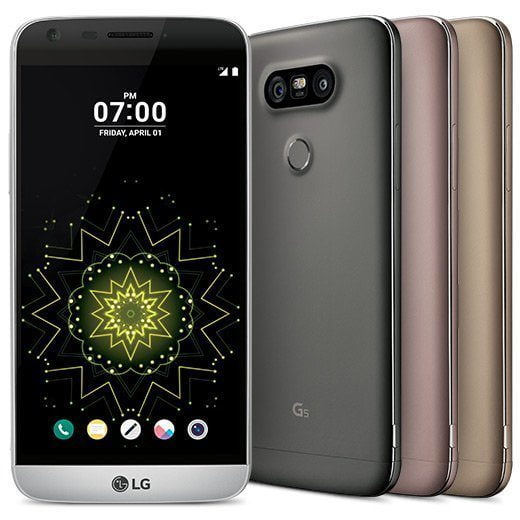
Price: $624 | Read Full Review: LG G5 Review | Rear Camera: 16MP (f/1.8, 75 degree lens) + 8MP (f/2.4, 135 degree lens), OIS | Front Camera: 8MP, f/2.0
WHY IT’S A TOP PICK: Dual cameras allow users to change the field of view, and get more in the shot with a wide-angle lens.
Since LG ramped up its camera capabilities on the G3 in 2014, it has been keeping the momentum going. It just is that if you care about quality captures, you can’t go wrong with LG’s smartphone camera. It’s also safe to say that LG offers more manual controls than you’ll find on any other camera interface. The sensor and software aim towards DSLR levels of options.
This year, the Korean manufacturer is stepping it up a notch and doing something unconventional. There’s not one but two sensors on the back of the G5. The secondary sensor offers an alternate wide-angle option (135 degrees), something you won’t find on any other smartphone. The primary sensor is a standard angle (75 degrees), but with a higher megapixel count (16MP versus 8MP on the wide-angle lens). So it’s nice users can tailor the shot for the situation.
#4 Pick HTC 10
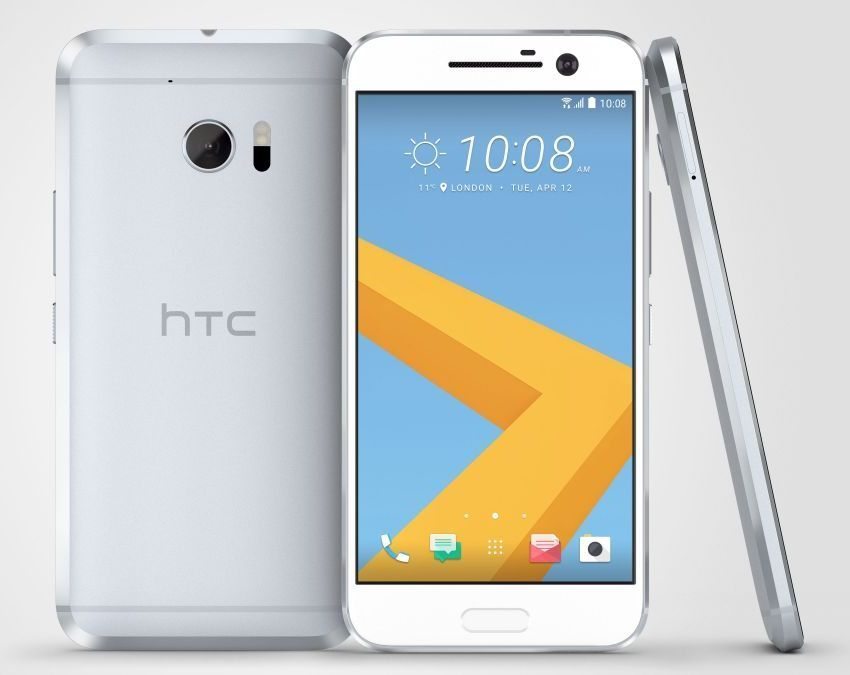
Price: $699 | Read Full Review: HTC 10 Review | Rear Camera: 12MP (UltraPixel 2), f/1.8, OIS | Front Camera: 5MP, f/1.8, OIS
WHY IT’S A TOP PICK: Well equipped against low light and OIS on the rear and front.
HTC hasn’t been doing too well in the camera department as of late. The UltraPixel sensor in the One M7 and M8 had mixed reception, due to the low 4MP spec. HTC threw in a new 20MP camera in last year’s One M9, but unfortunately, the quality couldn’t keep up with the competition.
However, things are finally turning around this year, with the HTC 10. The new sensor is what UltraPixel fans have long been clamoring for, more megapixels. HTC is calling it the UltraPixel 2 camera, which retains its large pixels (1.55µm) but sees a 3x increase in capture resolution compared to the original, at 12MP. The appeal of the UltraPixel technology (larger pixels) is that it can capture much more light than standardly sized pixels. Poor low-light performance has plagued smartphones for the longest time, and solutions like this help quality tremendously.
It’s worth mentioning that 10‘s front camera also has a large aperture lens, f/1.8, and OIS (something no other manufacturer offers on a front camera).
#5 Pick Huawei Nexus 6P
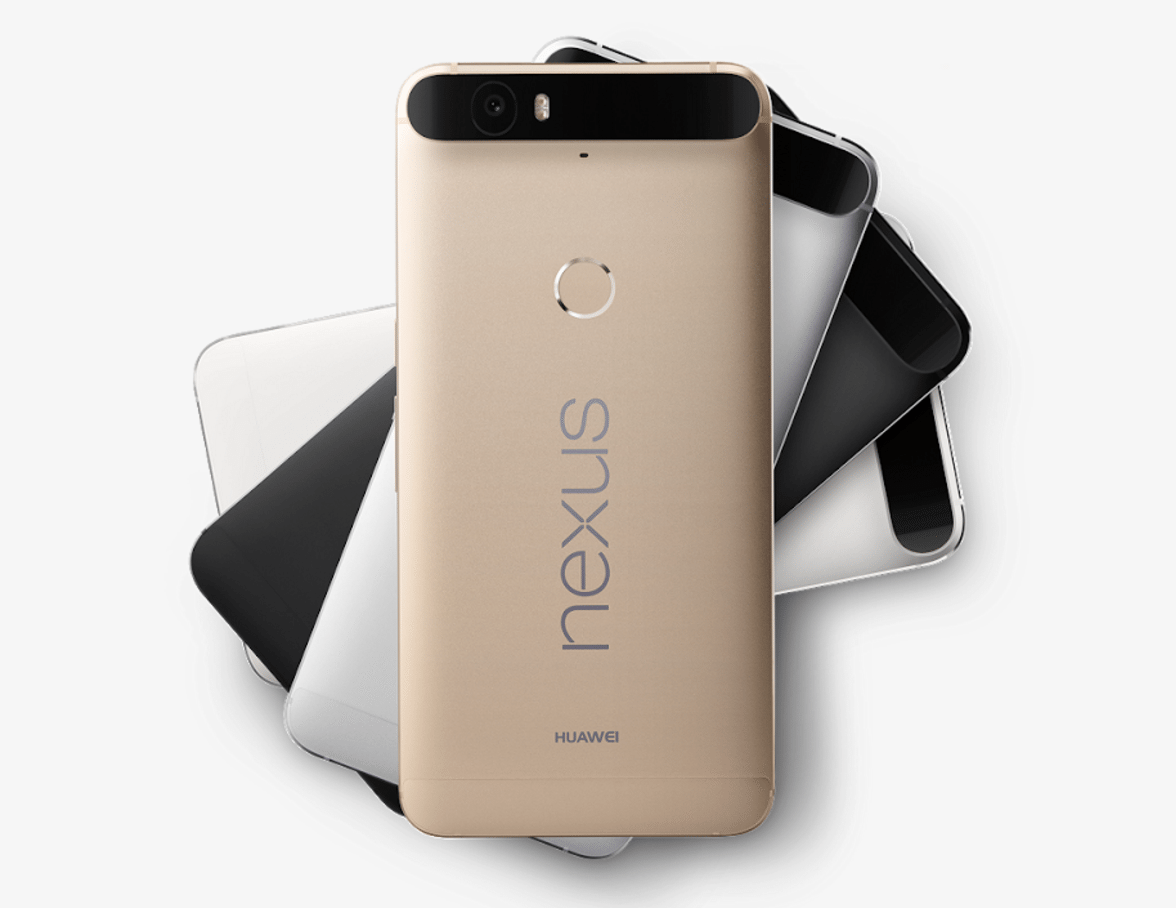
Price: $499 | Read Full Review: Nexus 6p Review | Rear Camera: 12.3MP (1.55µm pixels), f/2.0 | Front Camera: 8MP, f/2.4
WHY IT’S A TOP PICK: Better low light performance than competition and quick laser AF.
The camera performance of Nexus phones have not historically been anything to write home about. However, that has changed with Google’s latest initiative on the Nexus 6P. Nexus cameras can now stand up with the best.
This is largely thanks to larger pixels, a trend that we’re now seeing more manufacturers take. The Nexus 6P pushed the pixel size to 1.55µm, where standard sensors used 1.12µm pixels. HTC has also made the move to 1.55µm pixels on the newly launched 10. However, where HTC included optical image stabilization (OIS), the Nexus 6P forewent it. But Google argues that OIS is less important when the camera struggles less with lighting, and in our Nexus 6P review, we thought that the camera performed well.
The Nexus 6P’s capture resolution is 12.3MP and the lens aperture is f/2.0. The camera is assisted by a laser AF, for more responsive focusing.
Tip: The Nexus 5X is cheaper but uses the same camera sensor as the Nexus 6P.
Other models worth looking at include the Google Pixel 4, the Pixel 3A, the Mi Note, and the Huawei P30 Pro. The Pixel 4’s rear or main camera offers autofocus with dual-pixel phase detection, optical and electronic image stabilization, plus a 77° field of view. The Pixel 3A features a 12.2 MP dual-pixel rear camera with auto-focus and dual-pixel phase detection plus optical and electronic image stabilization. The Mi Note features a 13MP Sony camera with optical image stabilization and an impressive all-day 3000mAh battery. If you’re interested in the Huawei P30 Pro, read our full review here.

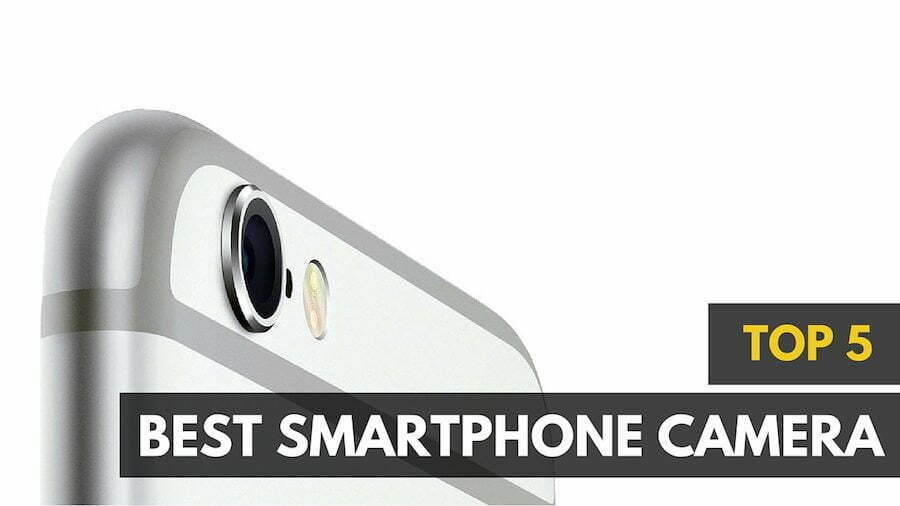






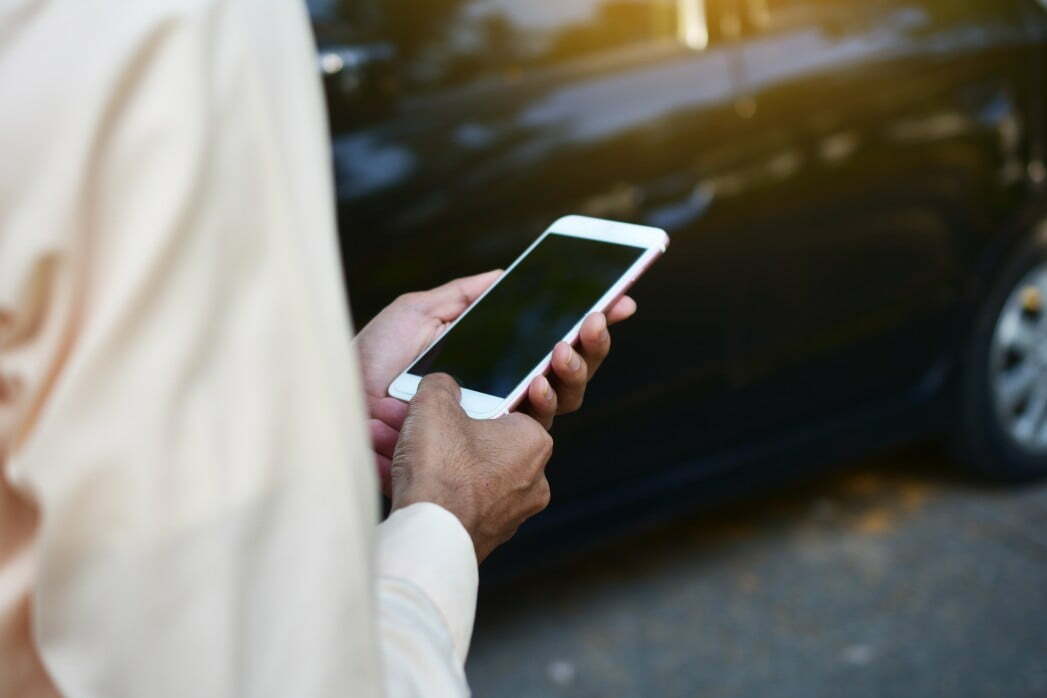
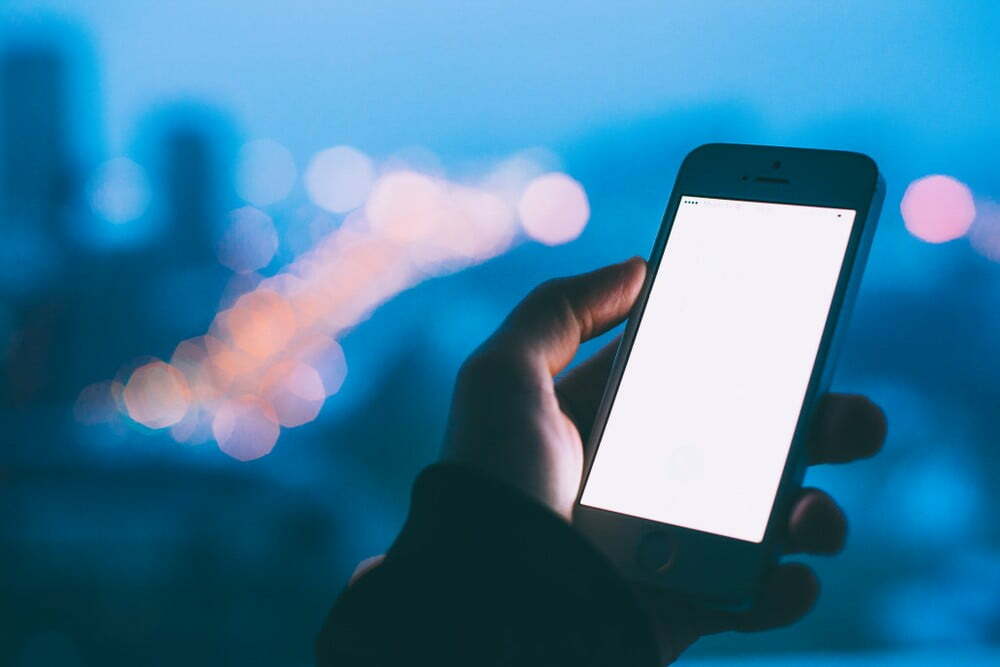





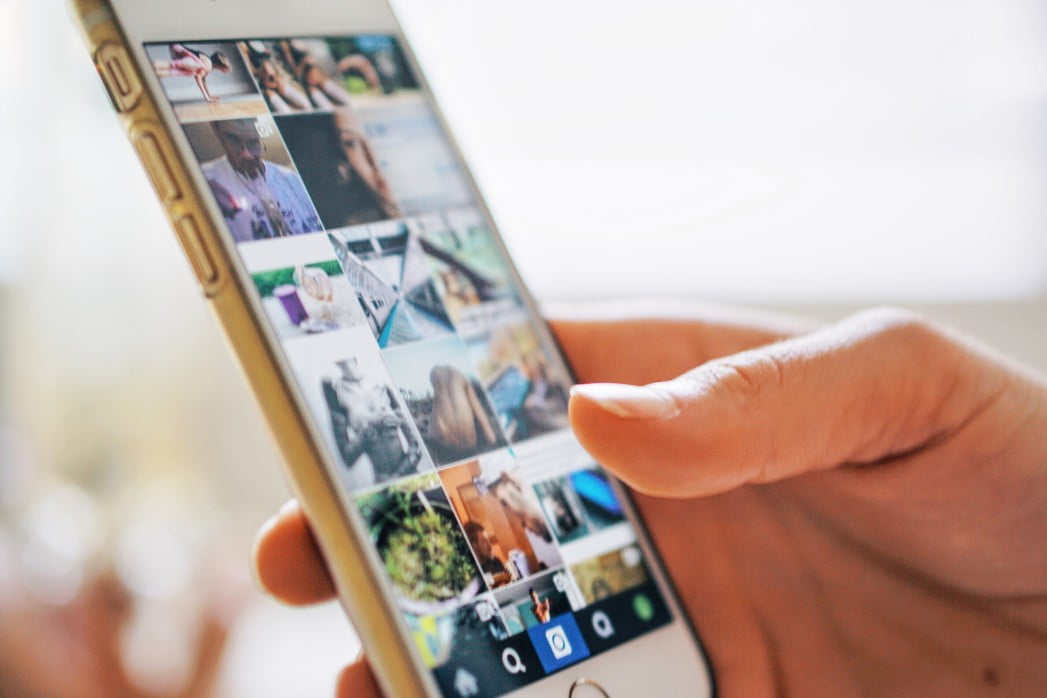


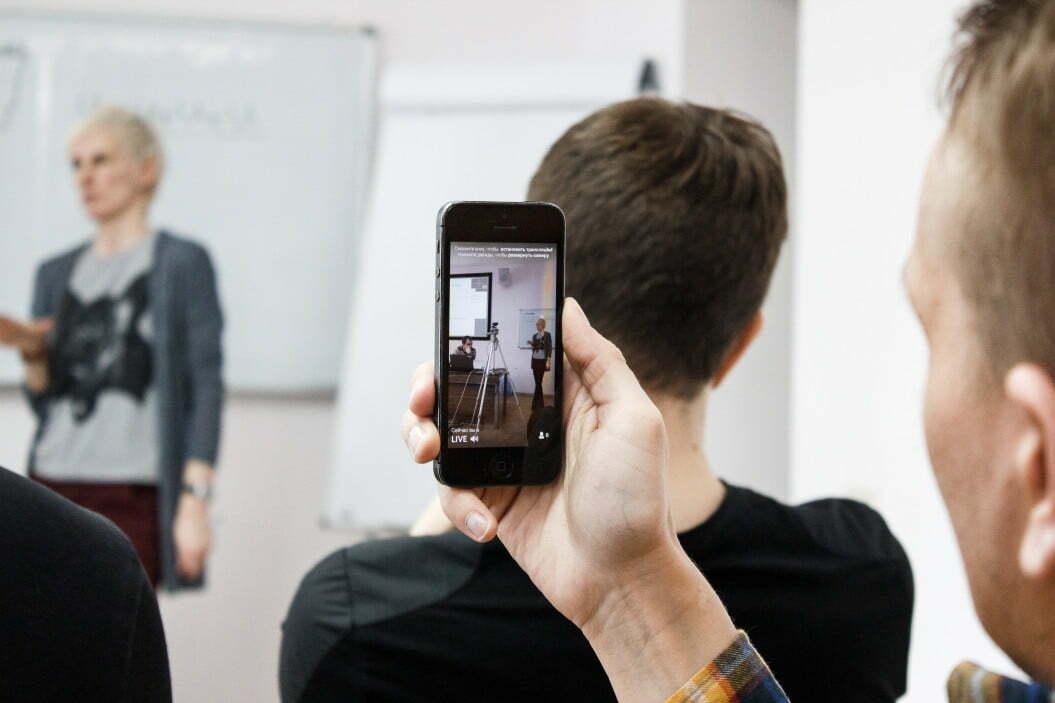


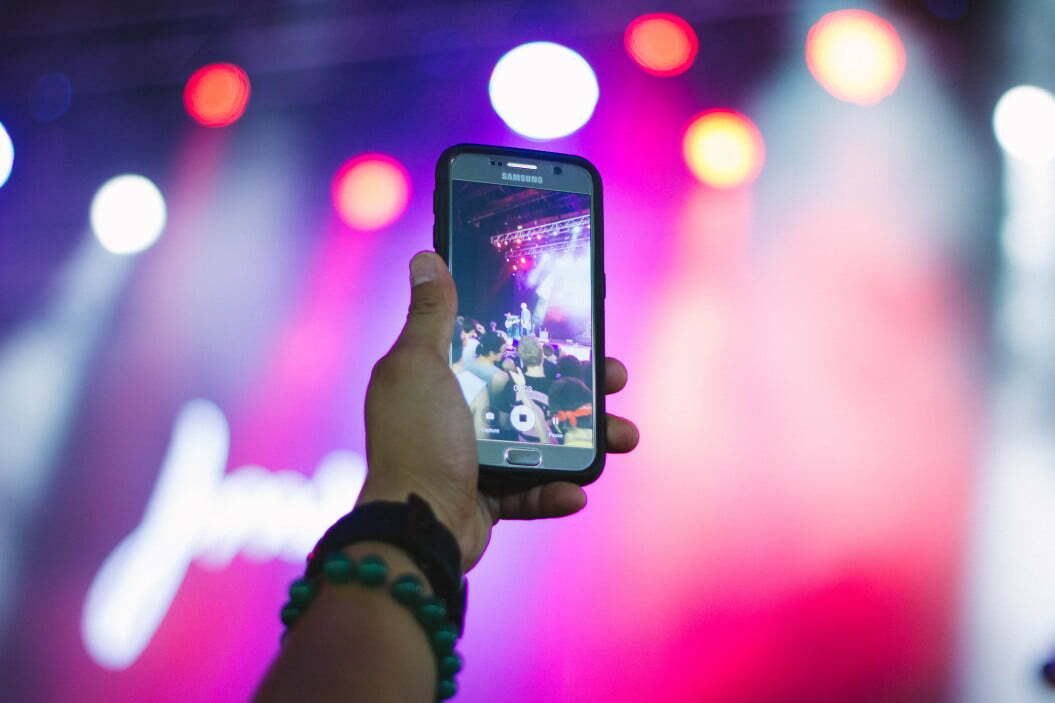




![Best Cell Phone Cases in [year] ([month] Reviews) 32 Best Cell Phone Cases in 2026 (January Reviews)](https://www.gadgetreview.dev/wp-content/uploads/Gresso-Revolution-Bumper-Case-for-iPhone-5-b-650x406-1.jpg)
![Best Bluetooth Headsets in [year] ([month] Reviews) 33 Best Bluetooth Headsets in 2026 (January Reviews)](https://www.gadgetreview.dev/wp-content/uploads/best-bluetooth-headsets-image.jpg)
![Best iPhone in [year] ([month] Reviews) 34 Best iPhone in 2026 (January Reviews)](https://www.gadgetreview.dev/wp-content/uploads/best-iphone-image.jpg)
![Best Android Phone in [year] ([month] Reviews) 35 Best Android Phone in 2026 (January Reviews)](https://www.gadgetreview.dev/wp-content/uploads/best-android-phone-image.jpg)
![Best Cell Phone Plans in [year] ([month] Reviews) 36 Best Cell Phone Plans in 2026 (January Reviews)](https://www.gadgetreview.dev/wp-content/uploads/verizon-reviews.png)
![Best Credit Cards with Cell Phone Insurance in [year] 37 Best Credit Cards with Cell Phone Insurance in 2026](https://www.gadgetreview.dev/wp-content/uploads/best-credit-cards-with-cell-phone-insurance-image-1.jpg)
![Best Smartphone in [year] ([month] Reviews) 38 Best Smartphone in 2026 (January Reviews)](https://www.gadgetreview.dev/wp-content/uploads/MagCase-Is-The-Worlds-Thinnest-Phone-Case-1.jpg)
![Best iPhone Battery Cases in [year] ([month] Reviews) 39 Best iPhone Battery Cases in 2026 (January Reviews)](https://www.gadgetreview.dev/wp-content/uploads/best-iphone-battery-cases-image.jpg)
![10 Best Rugged Smartphones in [year] 40 10 Best Rugged Smartphones in 2026](https://www.gadgetreview.dev/wp-content/uploads/best-rugged-smartphone.jpg)
![10 Most Secure Phones in [year] 41 10 Most Secure Phones in 2026](https://www.gadgetreview.dev/wp-content/uploads/Most-Secure-Phone.jpg)
![10 Best Selfie Camera Phones in [year] 42 10 Best Selfie Camera Phones in 2026](https://www.gadgetreview.dev/wp-content/uploads/best-selfie-camera-phone.jpg)
![10 Best Dual SIM Phones in [year] 43 10 Best Dual SIM Phones in 2026](https://www.gadgetreview.dev/wp-content/uploads/best-dual-sim-phone.jpg)
![10 Best Small Phones in [year] 44 10 Best Small Phones in 2026](https://www.gadgetreview.dev/wp-content/uploads/best-small-phones.jpg)
![10 Best Low Light Camera Phones in [year] 45 10 Best Low Light Camera Phones in 2026](https://www.gadgetreview.dev/wp-content/uploads/best-low-light-camera-phone.jpeg)
